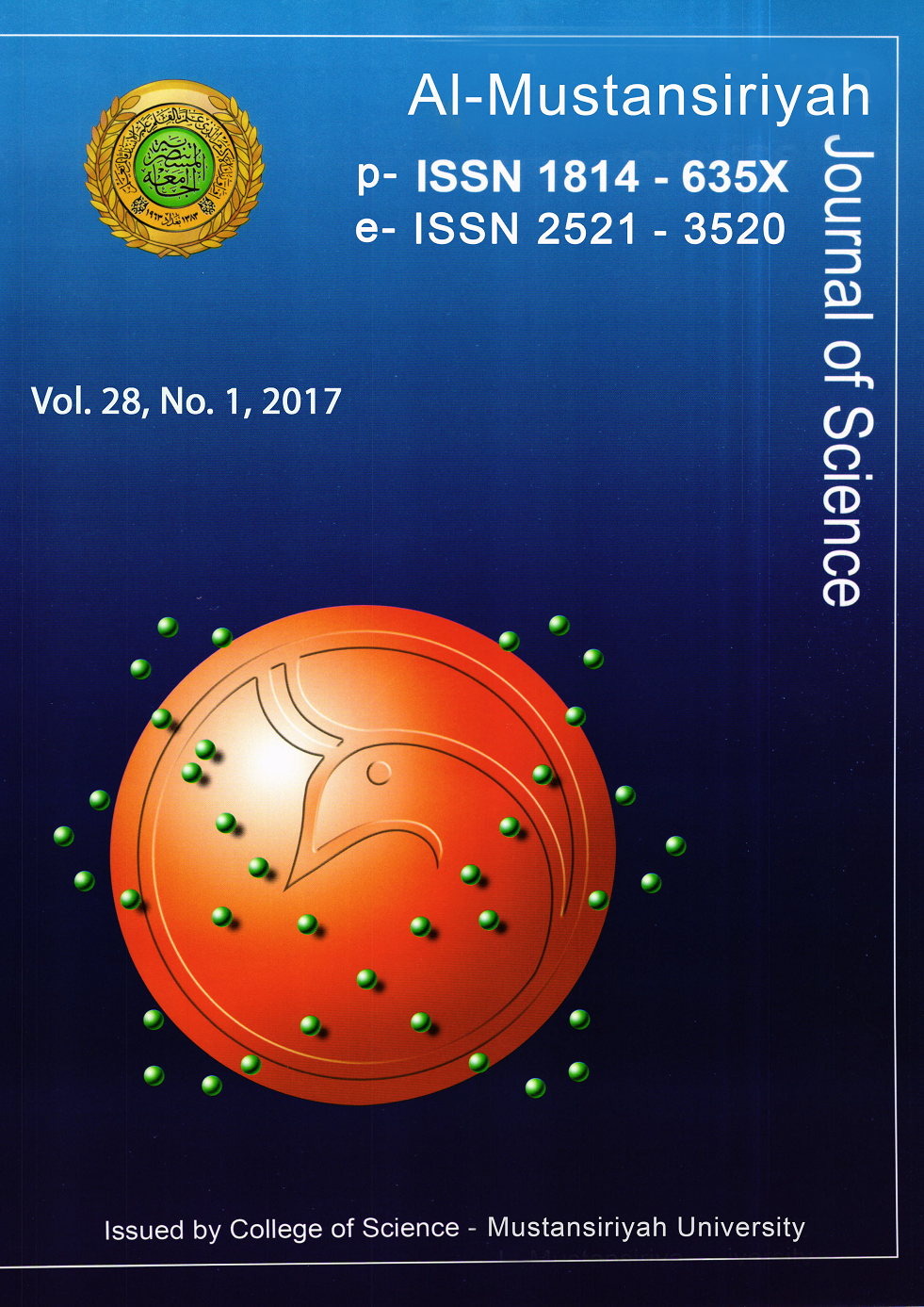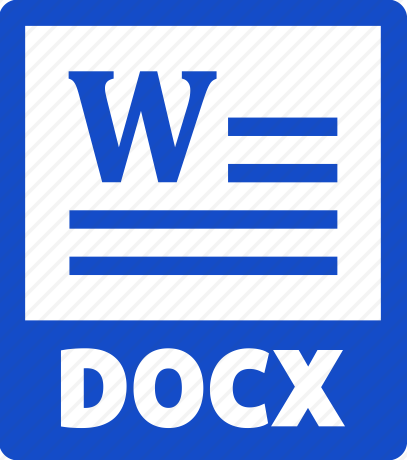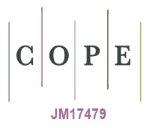Experimental and Theoretical Studies for Schiff base as best Corrosion inhibitor
DOI:
https://doi.org/10.23851/mjs.v28i1.317Keywords:
Corrosion, Mild Steel, Inhibition, hydrazinecarbothioamide.Abstract
In present work, hypothetical and experimental investigations of the corrosion inhibition of mild steel in hydrochloric acid solution utilizing Schiff base namely 2-(4-(dimethylamino)benzylidene)hydrazinecarbothioamide (DH), was done. The inhibition characteristics of DH for the corrosion of mild steel in 1 M hydrochloric acid solution was explored utilizing weight loss strategy. The outcome has demonstrated that the DH is an excellent inhibitor of corrosion of mild steel in HCl. Inhibition efficiencies were 81%, 69% and 36% at 303K, 313K and 323K respectively, that mean the inhibition efficiency of the DH as corrosion inhibitor diminished as temperature expanded and expanded with expansion in concentration. The corrosion inhibition DH was synthesized and it structure was elucidate based on spectroscopic techniques.Downloads
References
Yang L., Qian Y. Li, B., Hou B., "Polyaspartic acid as a corrosion inhibitor for WE43 magnesium alloy," Journal of Magnesium and Alloys, vol. 3, pp. 47-51, 2015. CrossRef
Deyab M.A., New Trends for Corrosion Inhibition of Carbon Steel in Petroleum Field, Lambert Academic Publishing, OmniScriptum GmbH & Co. KG, 2014.
Rekkab S., Zarrok H., Salghi R., Zarrouk A., Bazzi L.H., Hammouti B., Kabouche Z., Touzani R., Zougagh M., " Green corrosion inhibitor from essential oil of Eucalyptus globulus (Myrtaceae) for C38 steel in sulfuric acid solution," J. Mater. Environ. Sci., vol. 3, pp. 613-627, 2012.
Ramananda Singh M., "A green approach: a corrosion inhibition of mild steel by Adhatoda vasica plant extract in 0.5 M H2SO4," J. Mater. Environ. Sci., vol. 4, pp. 119-126, 2013.
EddyN.O., Mamza P.A.P., "Inhibitive and adsorption properties of ethanol extract of seeds and leaves of Azadirachta Indica on the corrosion of mild steel in H2SO4," Portugaliae Electrochim. Acta, vol. 27, p. 443–456, 2009. CrossRef
Aghzzaf, A.A., Rhouta, B., Rocca, E., Khalil, A., Steinmetz, J., "Corrosion inhibition of zinc by calcium exchanged beidellite clay mineral: a new smart corrosion inhibitor.," Corros. Sci., vol. 80, pp. 46-52, 2014. CrossRef
Durnie, W., De Marco, R., Jefferson, A., Kinsella, B., "Structure activity of oil field corrosion inhibitors," J. Electrochem. Soc., vol. 146(5), pp. 1751-1756, 1999. CrossRef
Arenas, M.A., Bethencourt, M., Botana, F.J., De Damborenea, J., Marcos, M., " Inhibition of 5083 aluminium alloy and galvanized steel by lanthanide salts.," Corros. Sci., vol. 43, pp. 157-170, 2001. CrossRef
Ahamad I., Prasad R., Quraish M., "Thermodynamic, electrochemical and quantum chemical investigation of some Schiff bases as corrosion inhibitors for mild steel in hydrochloric acid solutions.," Corrosion Science, vol. 52, pp. 933-942, 2010. CrossRef
M.J. Frisch, et al..,, Gaussian 03, Revision B.04, Inc.,, Gaussian, : Pittsburg, PA,, 2004.
Chaudhary R.S., Ind. Sharma S.,, J. Chem. Technol., vol. 6, p. 202, 1999.
Bahrami M.J., Hosseini SMA, Pilvar P., "Experimental and theoretical investigation of organic compounds as inhibitors for mild steel corrosion in sulfuric acid medium.," Corros Sci, vol. 52, pp. 2793-2803, 2010. CrossRef
Cruz J., Pandiyan T., "Garcıa-Ochoa E) A new inhibitor for mild carbon steel: electrochemical and DFT studies.," J Electroanal Chem, vol. 583:, pp. 8–16, 2005. CrossRef
Costa J.M., Lluch J.M., " The use of quantum mechanics calculations for the study of corrosion inhibitors.," Corros Sci, vol. 24:, pp. 924–933, 1984. CrossRef
Khalil N., "Quantum chemical approach of corrosion inhibition.," Electrochim Acta, vol. 48:, pp. 2635–2640, 2003. CrossRef
Xia S., Qiu M., Yu L., Liu F., Zhao H., "Molecular dynamics and density functional theory study on relationship between structure of imidazoline derivatives and inhibition performance.," Corros Sci, vol. 50:, pp. 2021–2029, 2008. CrossRef
Downloads
Key Dates
Published
Issue
Section
License
(Starting May 5, 2024) Authors retain copyright and grant the journal right of first publication with the work simultaneously licensed under a Creative Commons Attribution (CC-BY) 4.0 License that allows others to share the work with an acknowledgement of the work’s authorship and initial publication in this journal.






















